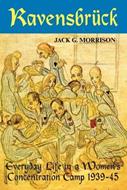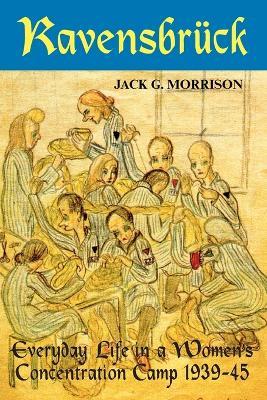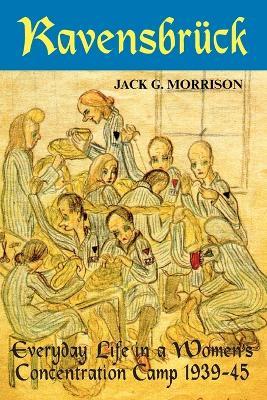L’articolo è stato aggiunto alla lista dei desideri
IBS.it, l'altro eCommerce
Ravensbruck: Everyday Life in a Women's Concentration Camp, 1939-1945
Cliccando su “Conferma” dichiari che il contenuto da te inserito è conforme alle Condizioni Generali d’Uso del Sito ed alle Linee Guida sui Contenuti Vietati. Puoi rileggere e modificare e successivamente confermare il tuo contenuto. Tra poche ore lo troverai online (in caso contrario verifica la conformità del contenuto alle policy del Sito).
Grazie per la tua recensione!
Tra poche ore la vedrai online (in caso contrario verifica la conformità del testo alle nostre linee guida). Dopo la pubblicazione per te +4 punti



Tutti i formati ed edizioni
Promo attive (0)
Ravensbruck was a labour camp within German borders, not far from Berlin. In the beginning it was, by camp standards, a ""better"" camp, designed for indoctrination and industrial production, but by the end of the war it was just another overcrowded locus of horror complete with gas chamber. The result is a fascinating case study of how women of different nationalities and social backgrounds coped for years with lack of food and basic sanitation, illnesses, prejudices and death by carving out their own cultural life. Morrison's reconstruction of the dynamics of camp life presents a vivid picture for today's readers, highlighting the experiences of many individuals, such as the story of one of Ravensbruck's first inmates, an upper-class woman who arrived in her own car and soon found herself standing completely naked in a group of women for seven hours to undergo a humiliating medical examination in front of laughing SS officers. But the women developed all kinds of survival skills, many of which stand as a monument to the human spirit. Bonds of friendship and the creation of ""camp families"" helped alleviate the miseries of camp routine, as did a highly sophisticated educational system developed by Polish inmates. Women artists from several countries provided a further cultural dimension from crafts to poetry, theatre, music and drawings. As the war progressed, camp life deteriorated. More and more victims were concentrated in Ravensbruck, and the Nazis installed a gas chamber. About 140,000 Ravensbruck inmates did not survive the war. In 1945 life in Ravensbruck came to an abrupt end with a dramatic and macabre death march, in which many inmates perished and Nazis, clad as inmates, tried to escape the Russian troops.
L'articolo è stato aggiunto al carrello
L’articolo è stato aggiunto alla lista dei desideri


